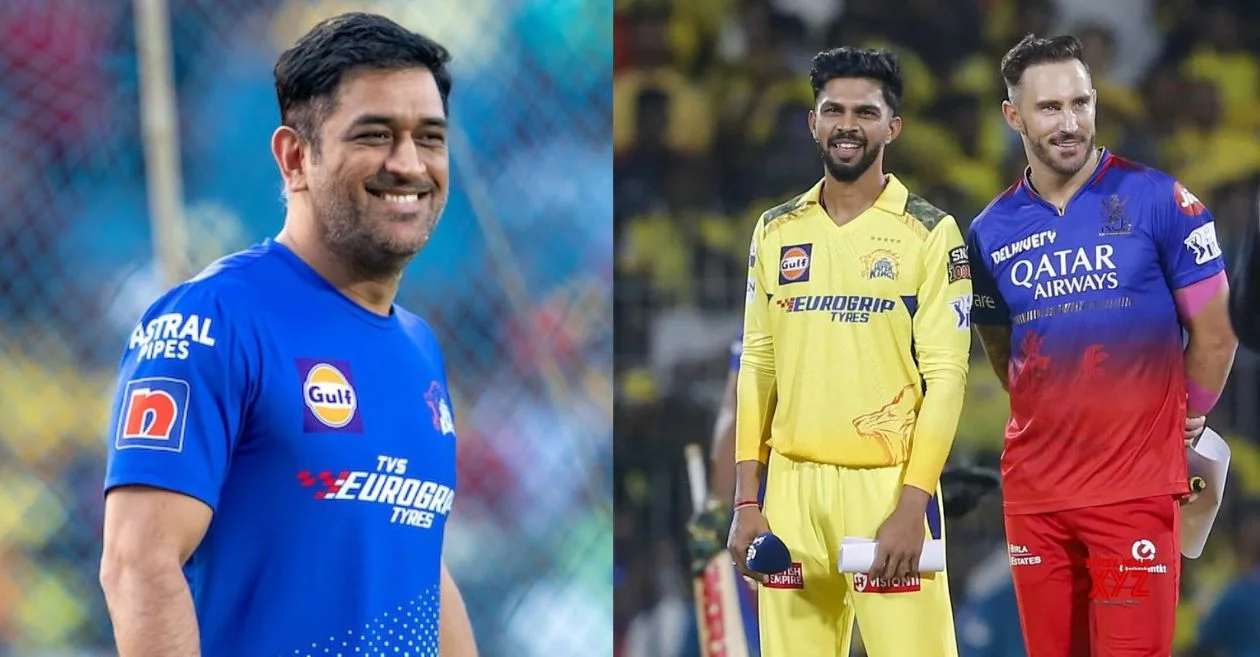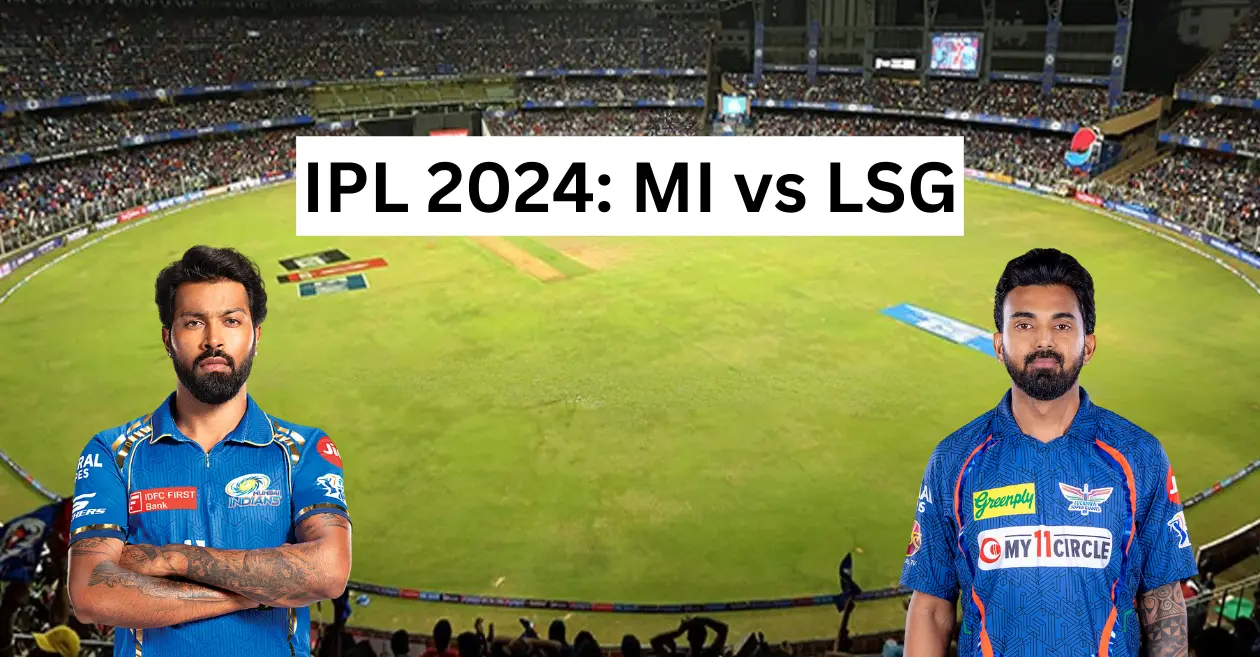
When it comes to the powerful, the average person wants to see an exhibition of brute force and strength.
Pro wrestling and the circus have a lot in common.
Both involve theatrical performances that blend athleticism, drama, and storytelling. Most importantly, each relies on larger-than-life performers to captivate the audience’s attention. Like circus entertainers, wrestlers bring to life these compelling characters with their over-the-top personalities.
When it comes to those characters, each has a dedicated role to play. In the circus, there are clowns and magicians, trapeze artists, and acrobats, to name a few. And one of the most significant attractions under the big top is the strongman.
The role of strongman (which includes women) is as the name implies. These performers wow audiences with feats of strength, such as lifting heavy objects or bending metal bars. Though each powerhouse may possess various talents, their primary job is to show off their muscle and force.
Perhaps certain strongmen can breathe fire or walk a tightrope. Crowds may even get a kick out of seeing a hulking brute emerging from a tiny clown car. But there’s a reason the mighty aren’t guessing the weight of patrons or engaged in other roles at the circus.
People want and expect to see titans do titanic things, and pro wrestling is no different.
For wrestling fans who value and emphasize in-ring technique, there is almost a dismissiveness when it comes to such Herculean performers, whose work is usually considered one-dimensional. No wrestler epitomizes that statement more than Hulk Hogan, whose in-ring style was often maligned for being elementary and redundant. In reality, Hogan wrestled in a way that resonated with American audiences based on his appearance and persona.
Billed as being from Venice Beach, CA, the home of bodybuilding and bodybuilders such as Arnold Schwarzenegger and Franco Columbu, Hogan, in his prime, was a solid, 300-pound block of muscle. And with a microphone in front of him, Hogan would regularly boast about the size of his biceps (“The 24-inch pythons, brother!”), and how he would use his incredible strength to slay whatever Goliath was in front of him.
After hearing and seeing his pitch, the average wrestling-goer wasn’t interested in seeing Hogan’s chain wrestling technique or his expansive knowledge of submission holds. Instead, they were interested in seeing if Hogan could body-slam a behemoth like Andre the Giant.
Now, Hogan could dazzle crowds with some nifty wrestling moves. However, he usually saved that for trips to Japan, where the value of such an exhibition was better appreciated.
In modern times, Brock Lesnar has faced some of the same criticism as Hulk Hogan. When Lesnar debuted in WWE in 2002, he could do almost everything, and he wasn’t shy about showing off his wide range of skills. At one time, he could perform a shooting star press, a forward-jumping backflip into a body press that is an impressive sight to see, made infinitely more amazing when executed by someone of Lesnar’s stature.
But after Lesnar nearly broke his neck trying to deliver the move at WrestleMania XIX, he never attempted that or any other aerial move again. And he didn’t need to, as most fans were more interested in watching him toss foes, ranging from Kurt Angle to the Undertaker to the Big Show, with extreme force.
As Lesnar matured, he dialed back his offense even more after taking John Cena to Suplex City at SummerSlam in 2014. Now a dedicated suplex machine, Lesnar relies on the most limited moveset of any current performer, which has occasionally gained him and his matches negative reviews from wrestling’s hardcore base. But general audiences are still in awe of Lesnar’s physical barbarity despite his performances mostly being a one-move spamfest.
Regardless of size, role, or persona, all wrestlers should master fundamental techniques and possess an assortment of skills. However, when it comes to strongmen, hosses, and super heavyweights, their focus should be refining their presentation to align with their obvious attributes: their size and strength. While a high-flying move or style may look impressive and garner some momentary adulation, the true appeal for these performers will always lie in astonishing audiences through displays of sheer strength and might.



















You must be logged in to post a comment Login